No plant parent wants to find pests on their houseplants. But when mealybugs are spotted on your indoor plants, it can be even more troublesome.
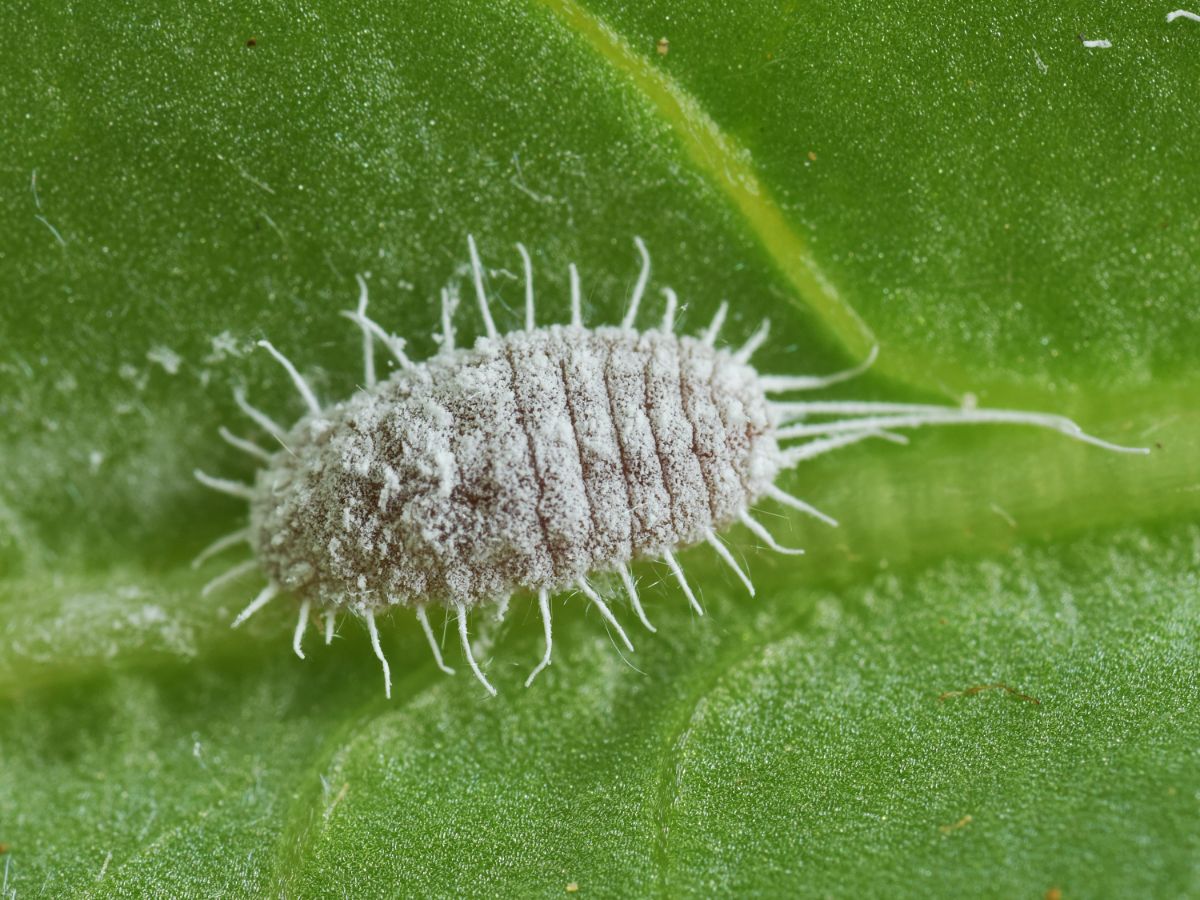
These pesky, sap-sucking pests are a type of scale insect and are notoriously difficult to eradicate. However, by following a few simple steps and being diligent with your treatment strategy, you can eliminate mealybugs in your houseplant collection once and for all.
In this guide, we’ll cover how to determine if mealybugs are troubling your plants, how to treat your plants without chemical pesticides, and how to make sure that you never have to deal with mealybugs again. So, if you want healthier, pest-free plants, read on!
Jump to:
- Signs of a mealybug infestation
- How to get rid of mealybugs
- Isolate infected plants.
- Hose your plants down.
- Prune your plants.
- Spot treat with rubbing alcohol.
- Make your own soap spray.
- Try out neem oil.
- Introduce some beneficial insects.
- Consider repotting your plants.
- Be persistent.
- Be prepared to cut your losses.
- How to prevent mealybugs
- Frequently asked questions
- Summary
Signs of a mealybug infestation
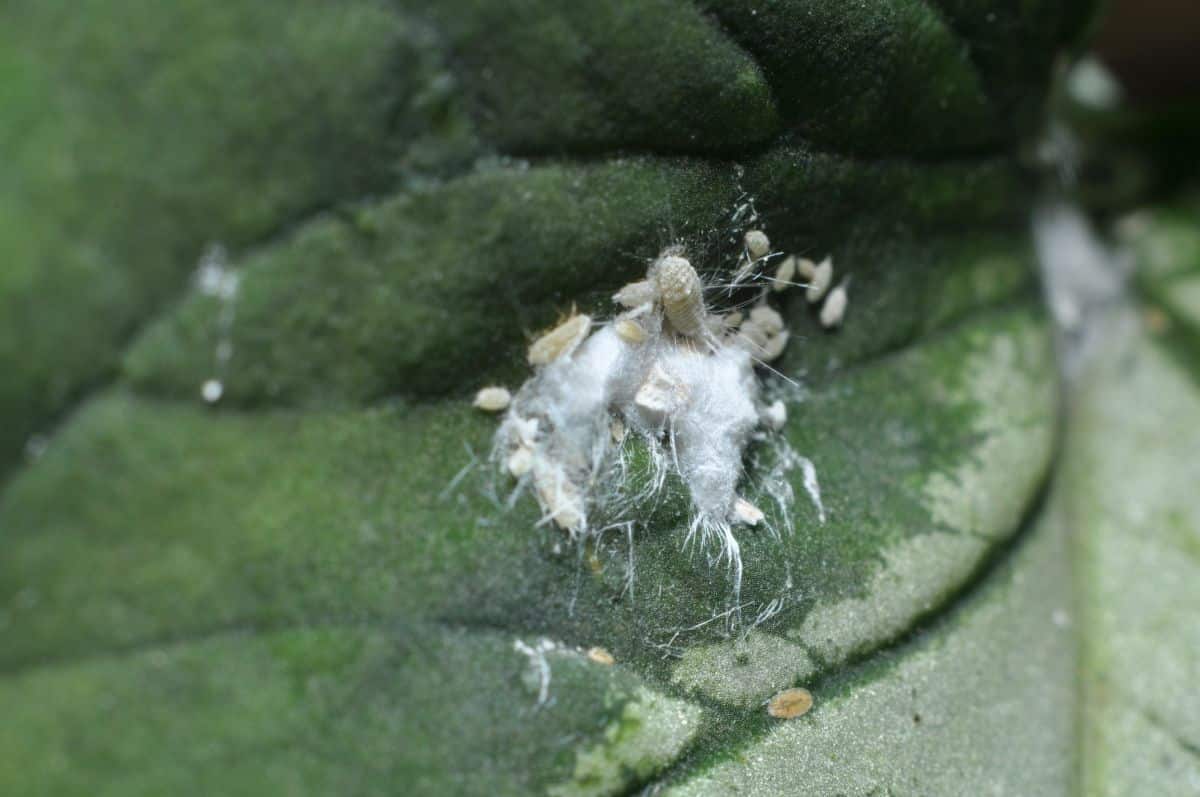
Scale insects are some of the most difficult pests to manage on indoor houseplants due to their rapid reproduction rate, small size, and sheer tenacity. Scale insects are generally divided into two categories: hard bodied and soft bodied scale. Mealybugs fall into the soft bodied scale category, so they are slightly easier to eliminate that hard bodied scale, but treatment still takes some work.
If you suspect you may be dealing with a mealybug infestation, inspect your plants carefully. Mealybugs are often found grouped together along plant stems and on the tops and bottoms of leaves, where they create fuzzy, cottony nests. Mealies themselves are small, between 1/20 and ⅕”, and are covered in waxy filaments that make them look a bit spiny.
As a mealybug infestation progresses, plants will weaken and develop yellowing and discolored leaves, drop leaves and eventually die. Plants may also develop sooty mold on their leaves, which grows on top of mealybugs’ sticky honeydew secretions. Sooty mold usually appears as dark and fuzzy spotting on plant leaves.
Once you’ve determined that you’re dealing with mealybugs, you’ll want to act fast. Unlike hard bodied scale, most species of mealybugs keep their legs into adulthood and remain mobile. This means they can spread from houseplant to houseplant much more quickly than hard bodied scale.
How to get rid of mealybugs
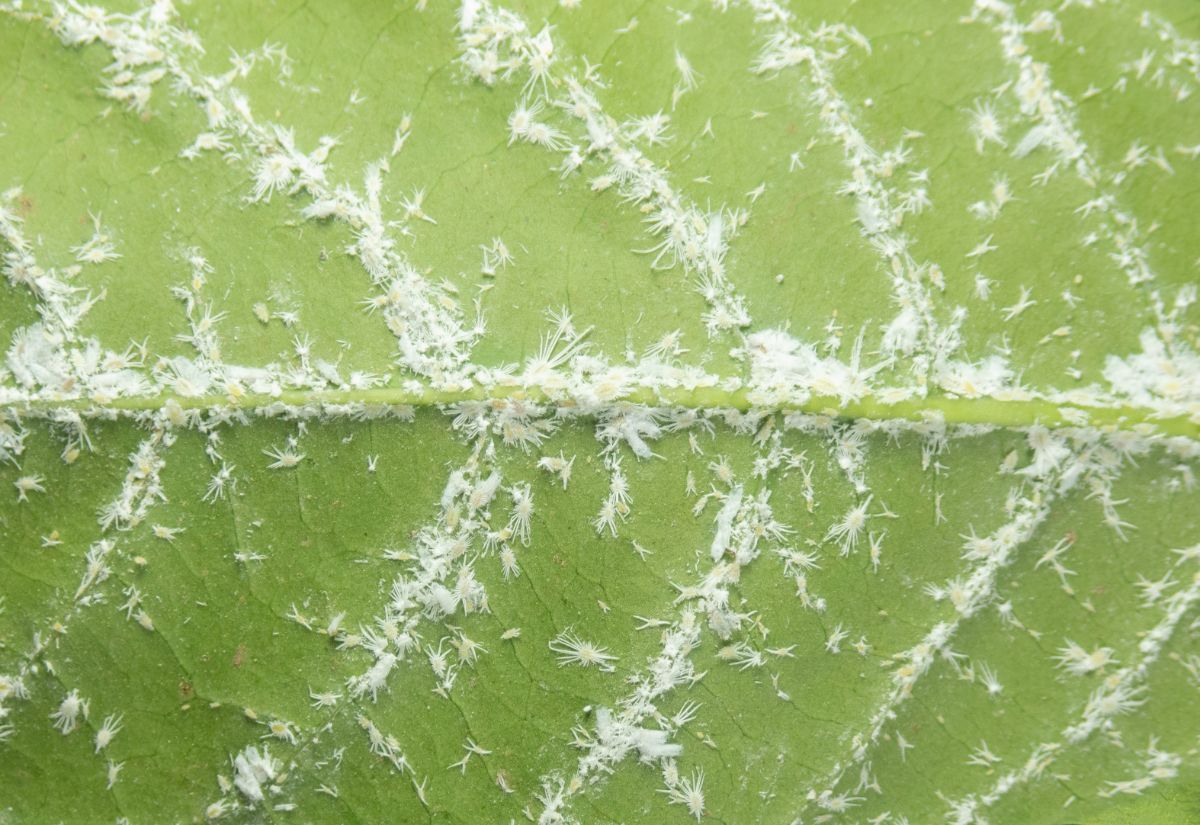
Mealybug infestations can be frustrating to deal with, but they are manageable if you follow a few simple steps. Below we’ll walk you through the best treatment strategies for dealing with an existing mealybug issue. If, on the other hand, you want to learn how to prevent mealybugs from ever cropping up in your houseplants, skip ahead to the next section on mealybug prevention.
Isolate infected plants.

Unlike hard bodied scale, mealybugs remain mobile into adulthood, so they can spread from plant to plant quite readily. To keep issues with mealies under control, be sure to isolate any infected plants at the first sign of mealybugs. That way, your treatment strategy can be much easier to execute.
Hose your plants down.
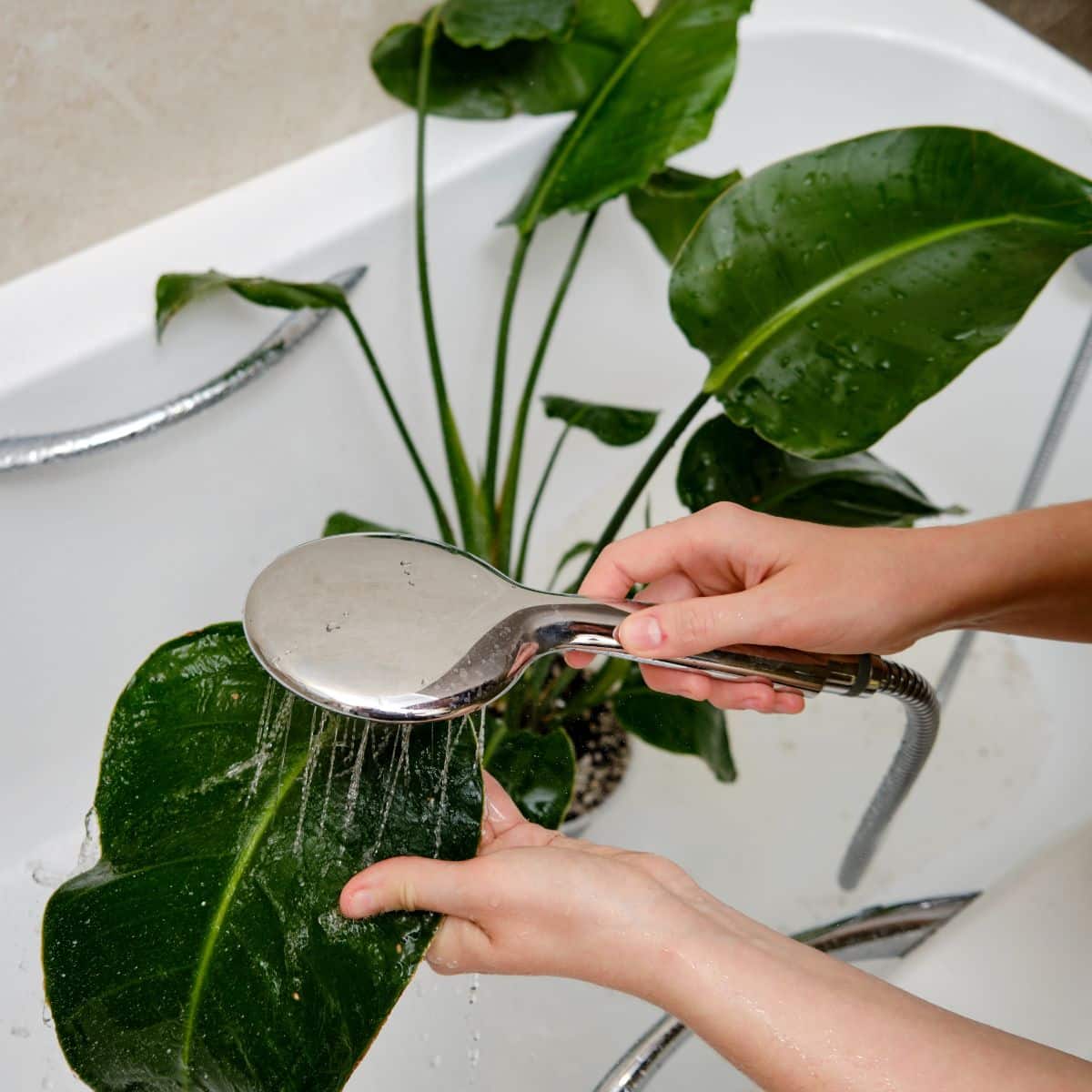
While mealybugs are more mobile than hard bodied scale and spread easier from houseplant to houseplant, that mobility also makes them easier to eradicate. In fact, because they aren’t firmly attached to plant leaves, small mealybug infestations can often be managed with a strong blast of water from your garden hose or kitchen faucet.
To treat your plants, simply spray your plants with water, making sure you hit both the tops and bottoms of plant leaves. As this alone may not be enough to rid your plants of mealies, it’s a good idea to spray your plant again in a week just to make sure you’ve taken care of every mealybug. For even better results, combine this treatment method with another tip below.
Prune your plants.
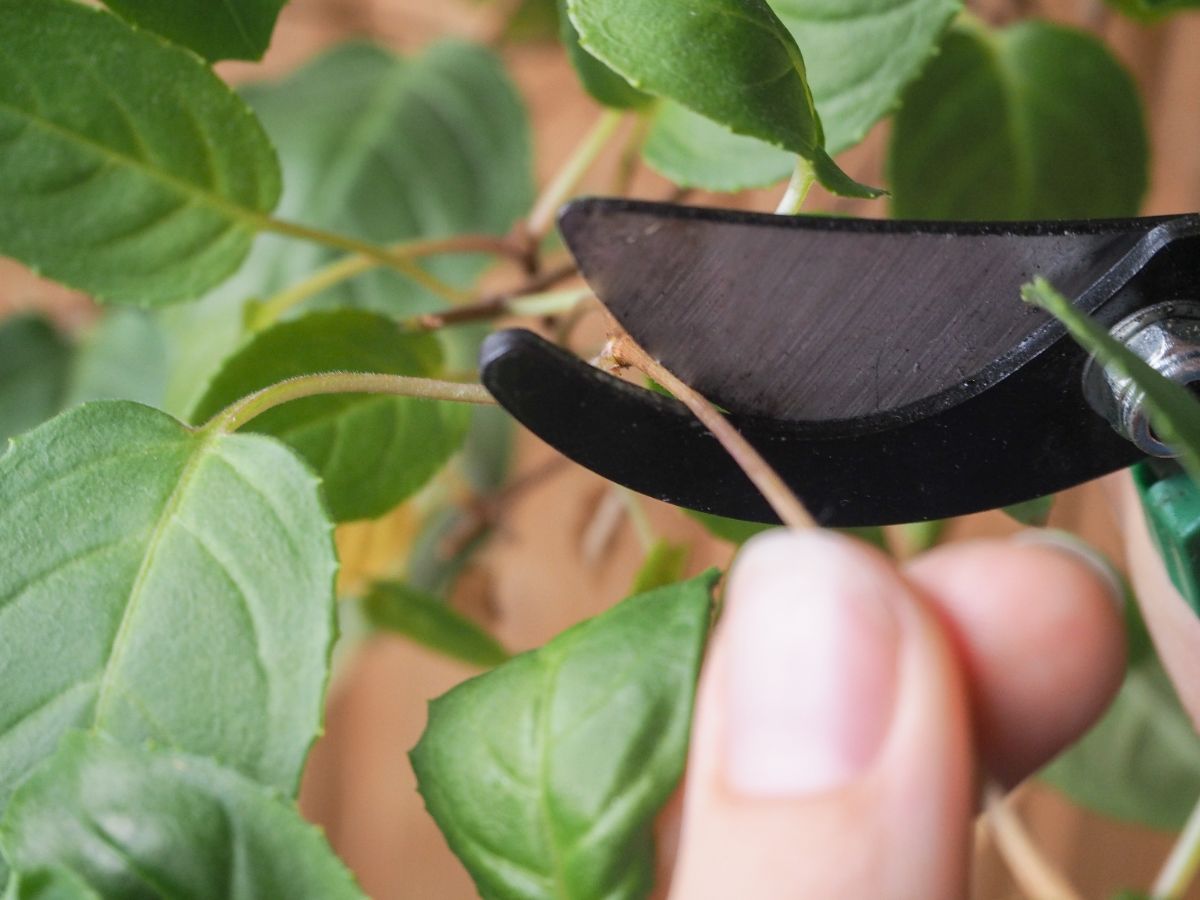
Although mealybugs can move around, they aren’t as fast as some other pest insects, like aphids. As a result, they tend to congregate together on plant leaves. That means that if you catch an infestation early, you may be able to prune away just a few plant leaves and get rid of all your mealies fast.
After pruning, be sure to gather up all the infested plant material and properly dispose of it. Don’t just throw it in your trash can, as a few mealybugs may be able to escape. Instead, toss the plant debris outdoors, burn it or bag it in plastic before disposal.
Spot treat with rubbing alcohol.
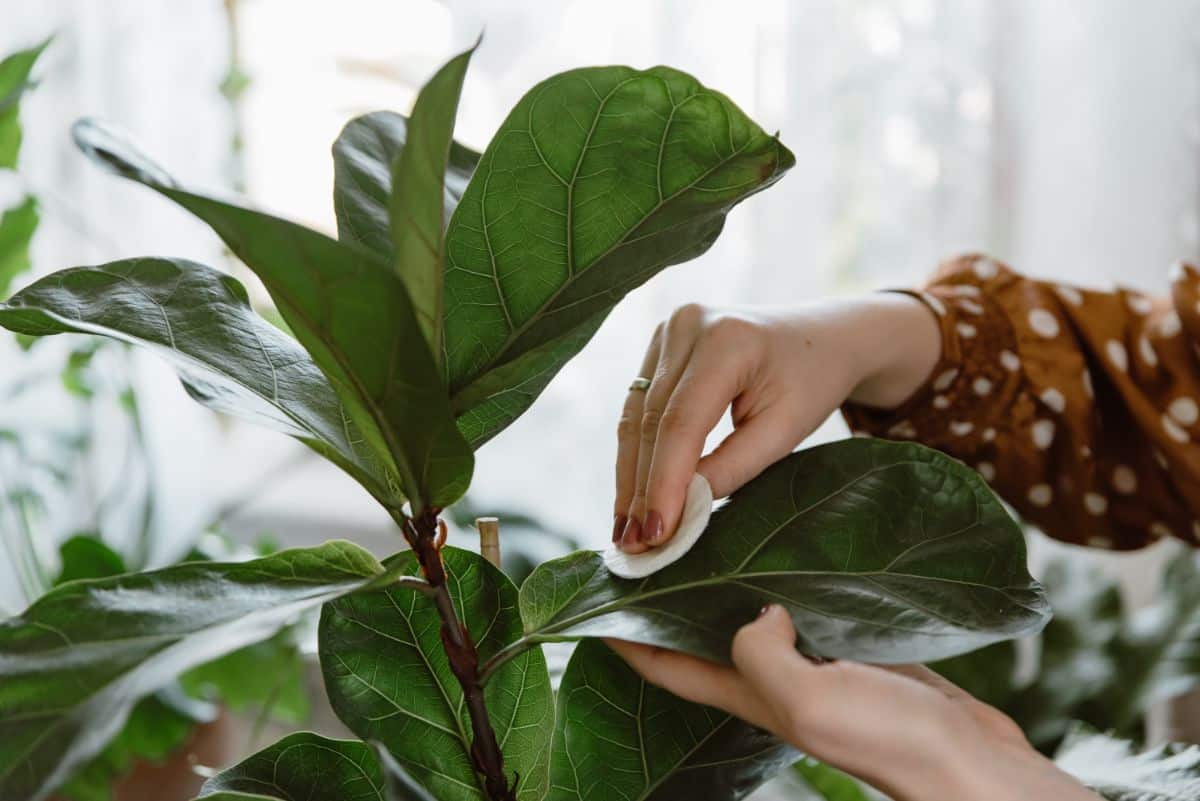
Small infestations of mealybugs can also be spot treated with rubbing alcohol, which works particularly well when combined with pruning. To treat your plants, simply dip a Q-tip in rubbing alcohol and rub your cotton swap anywhere you see mealies. Rubbing alcohol will kill soft bodied scale on contact and is one of the quickest ways to eliminate these pests.
For larger mealybug infestations, you can also make a DIY rubbing alcohol spray. Simply mix 1 cup of rubbing alcohol and 1 tablespoon of Castile soap, and a quart of water. Spray your plant so that the affected leaves are moist, and then repeat the treatment once every 3 days for 2 weeks.
Make your own soap spray.
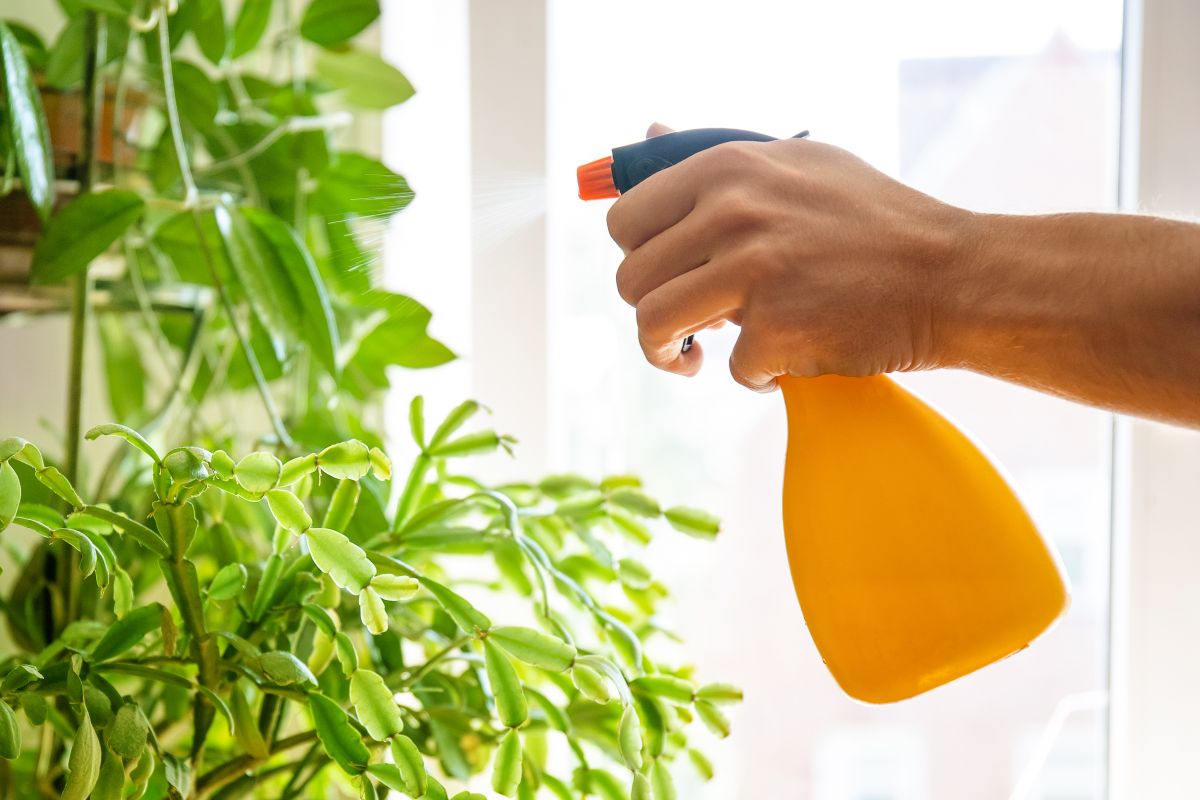
Insecticidal soap sprays work on many different insects, and mealybugs are no exception. While you can purchase a premade spray online, you can also easily make your own with a few basic ingredients.
To make your own insecticidal soap spray, mix together a small splash of Dawn dish soap or Castile soap and a quart of water. You can also add a teaspoon or two of neem oil to the mix if you want to.
Spray your plant until it is drenched with the spray and then spray your plant again every 7 to 10 days until all signs of mealybugs are gone. Then spray your plant one more time just in case any new mealybugs hatch out of their eggs.
Try out neem oil.
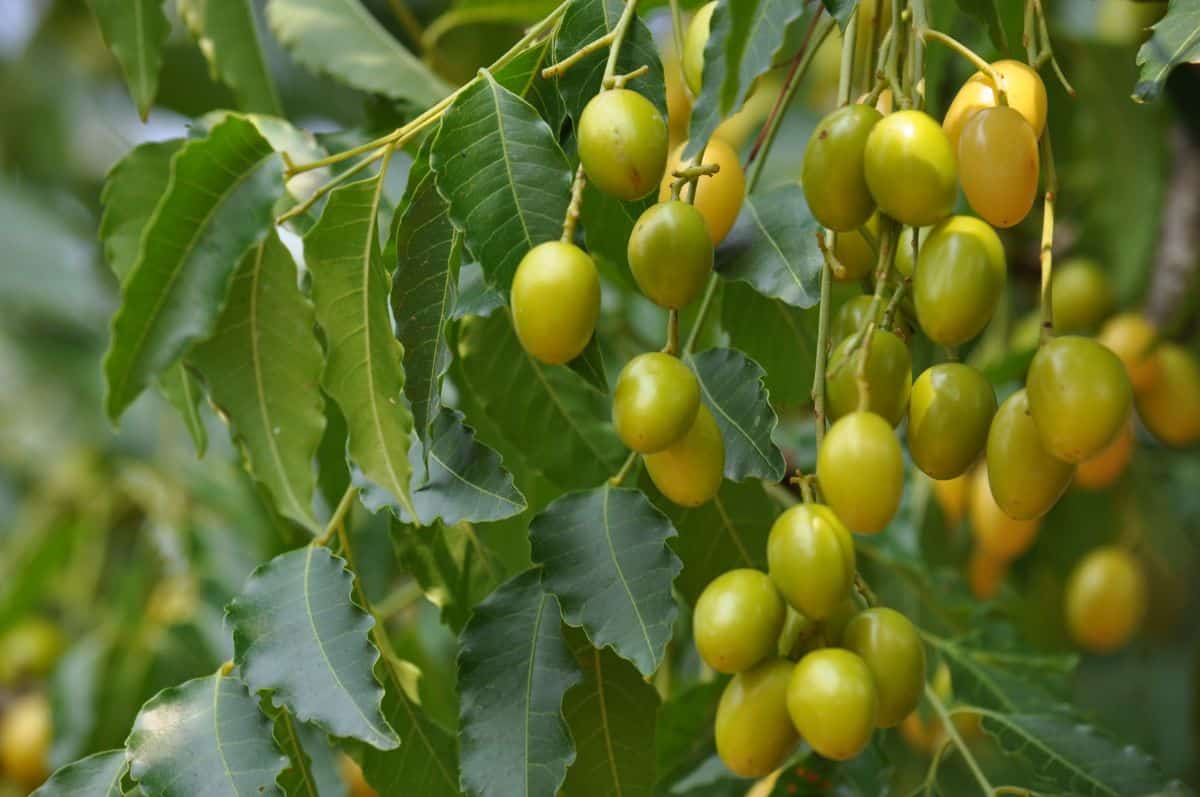
Neem oil is an all-natural pesticide that is produced from the seeds of the neem tree and is approved for use in organic gardens. When applied to plants, neem oil kills pests by blocking their breathing holes and suffocating them. Neem oil may also have a systemic effect and make plants less desirable to mealybugs in the future.
As with soap sprays, you’ll want to thoroughly coat your plant with neem oil, being sure to spray the undersides of leaves as well as their top surfaces. Reapply the spray every 7 to 10 days until all mealies are gone. Also, take care when applying neem oil, and never apply it when the sun is shining, as this can cause sunburn to your houseplant’s leaves.
Introduce some beneficial insects.
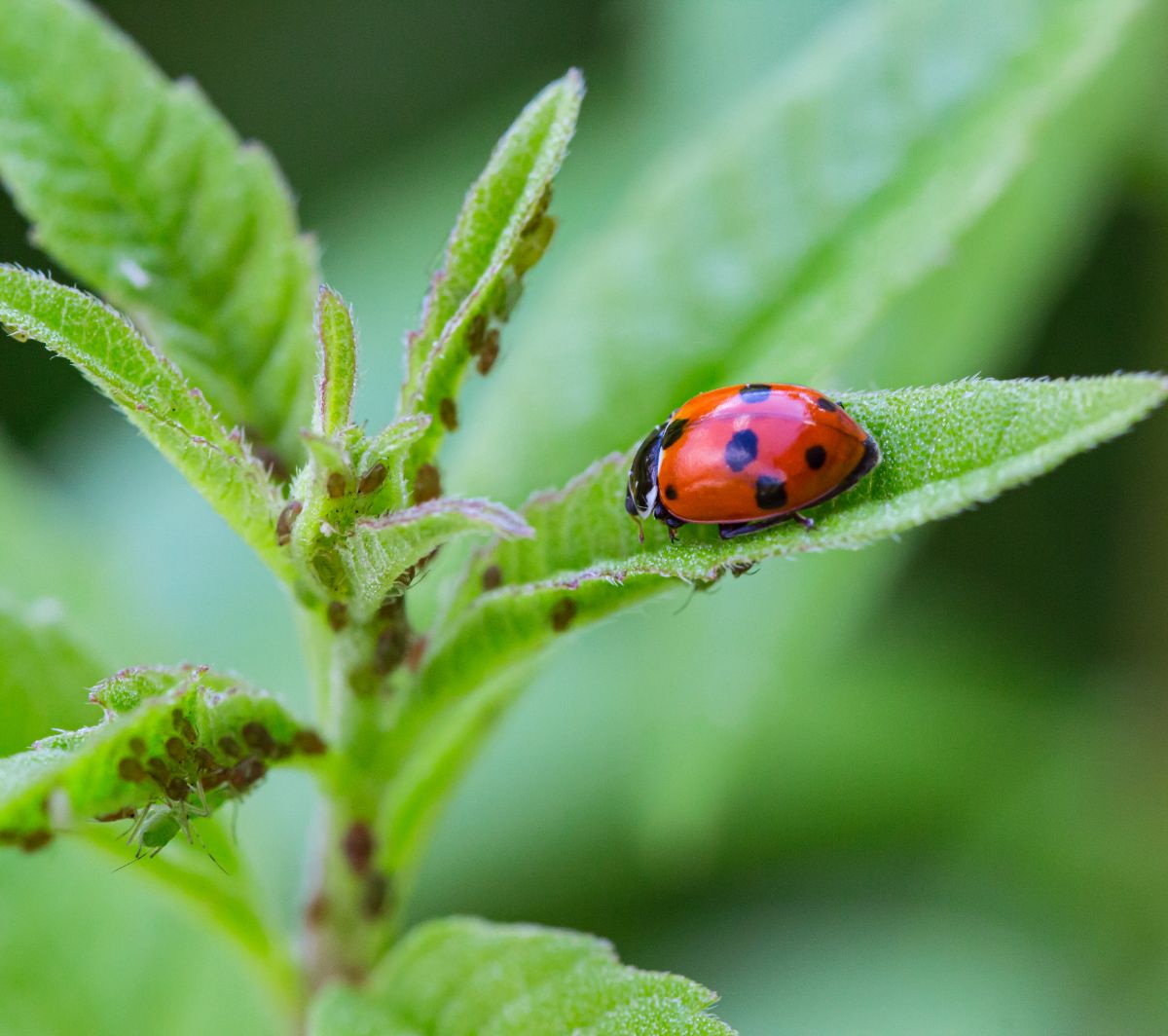
Ladybugs and lacewings naturally feed on many plant pests, including mealybugs. So, you can introduce a few of these beneficial insects into your houseplant collection and let them get rid of mealybugs for you.
While predatory insects like ladybugs are often sold in large quantities for outdoor use, you can also order smaller numbers to release on your houseplants.
Consider repotting your plants.
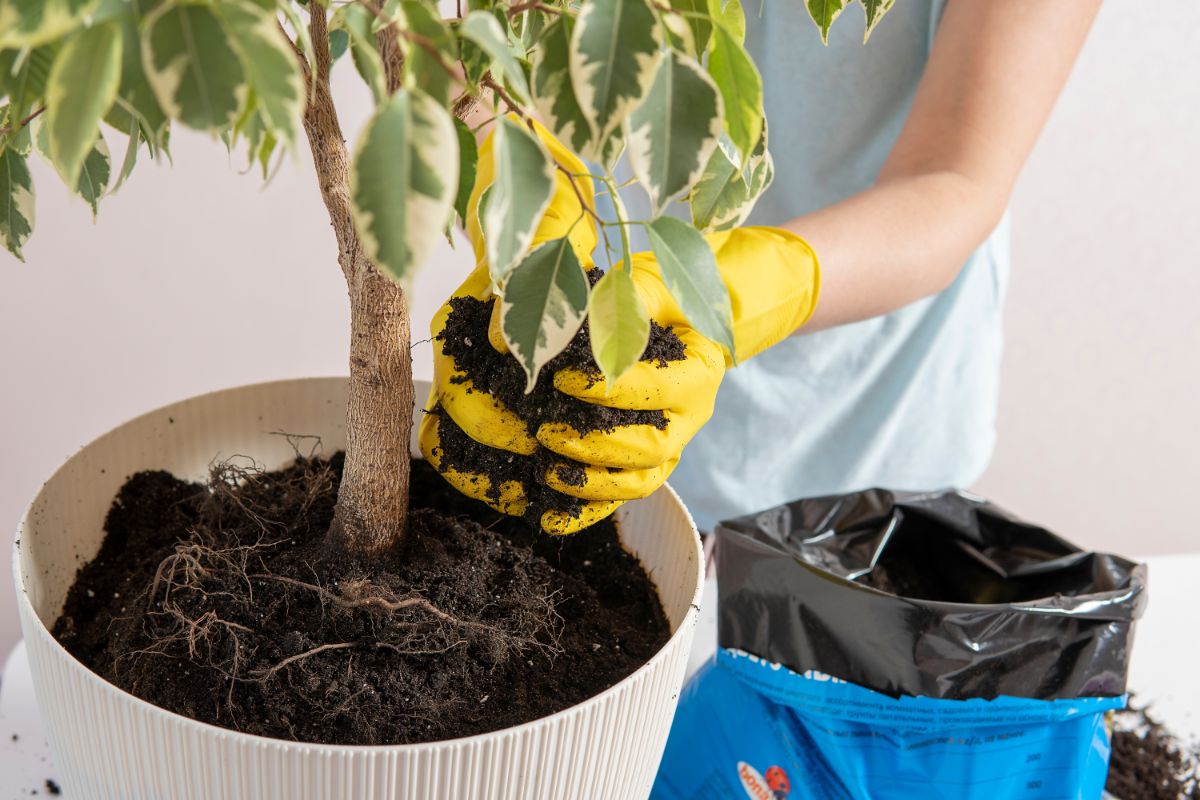
Mealybugs can live in houseplant soil, so if you have a plant that has had repeated infestations, you may want to repot your plant or at least replace the top 1” of potting soil. When doing this, be sure to throw out any old soil you remove and don’t use it on other plants, which can spread the infestation.
Be persistent.
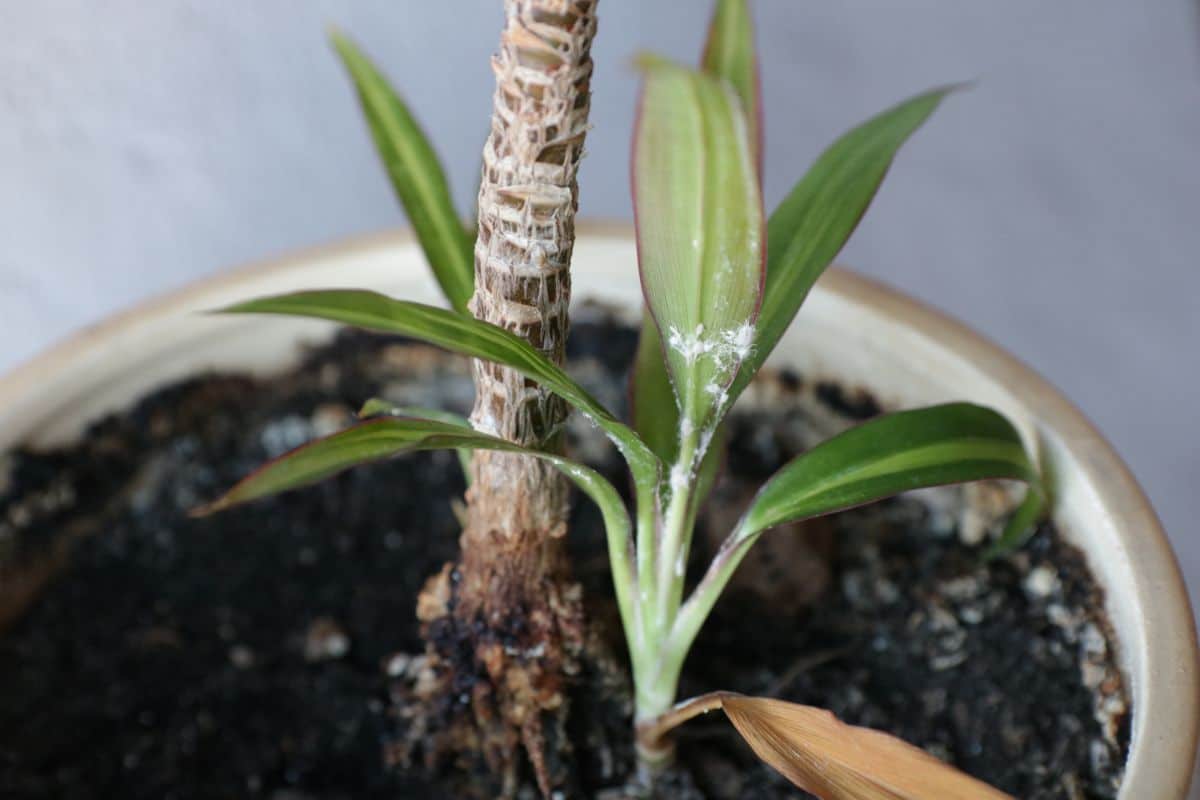
Mealybugs are tenacious, and even after treatment, if you miss a mealybug or two, they can come back with a vengeance and reproduce rapidly. For this reason, it’s extremely important that you be vigilant about inspecting and treating your plants.
Most of the treatment methods above should be repeated several times to ensure that you get all of the mealybugs on your plants, regardless of what stage of their life cycle they’re in. If you just treat your plants once, new mealies may hatch out from their eggs and reinfect your plants. You definitely don’t want that!
After treating your plants, check your plants from time to time for any signs of mealybugs that may reoccur. Reinfestation is less likely if you treat your plants more than once and if you combine several of the treatment methods we’ve covered above. With persistence, you can usually get rid of these bothersome insects for good!
Be prepared to cut your losses.
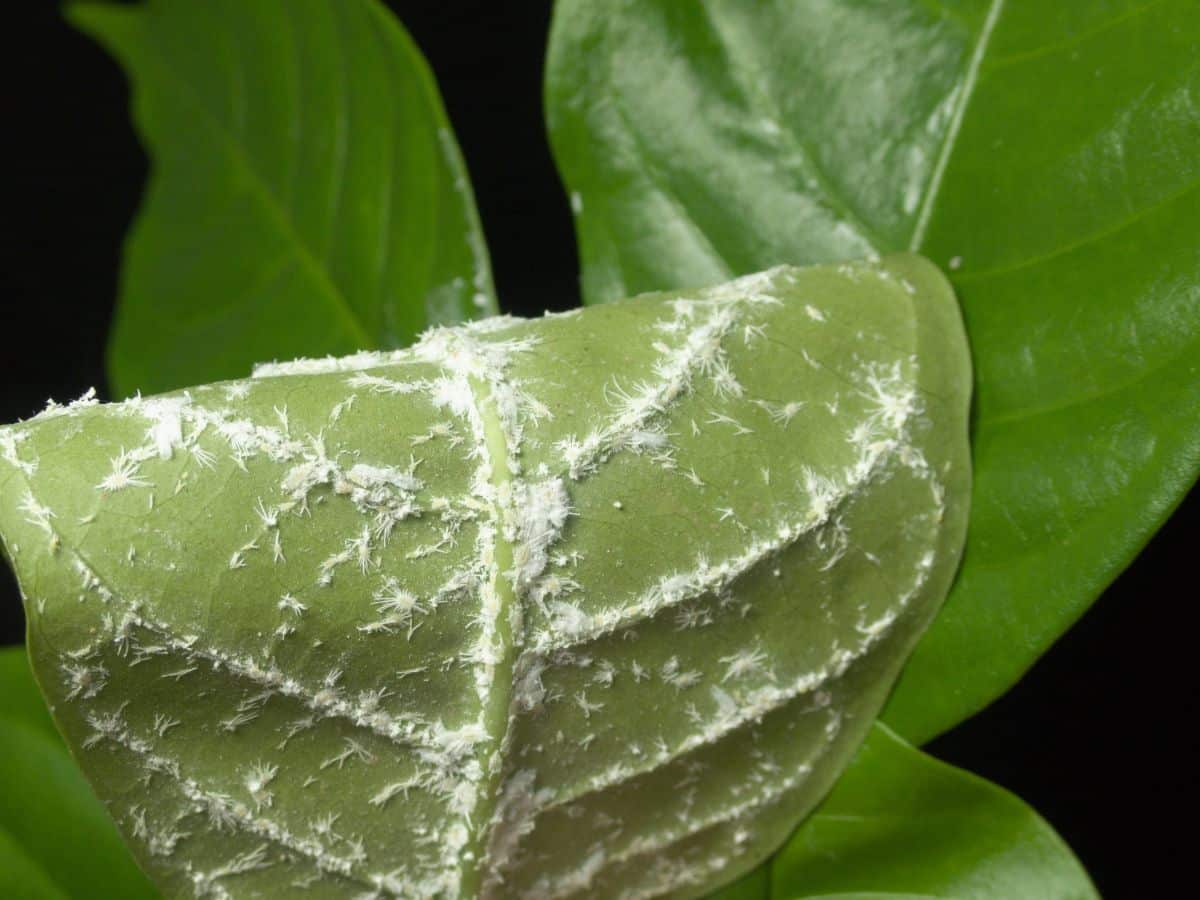
Despite our best efforts, sometimes it is really tricky to get rid of mealybugs. So, if you have a plant that is heavily infested or that has had repeated bouts of mealies, you may want to consider tossing your plant and replacing it with a new one. While this isn’t ideal, it can prevent mealybugs from spreading to other plants.
How to prevent mealybugs
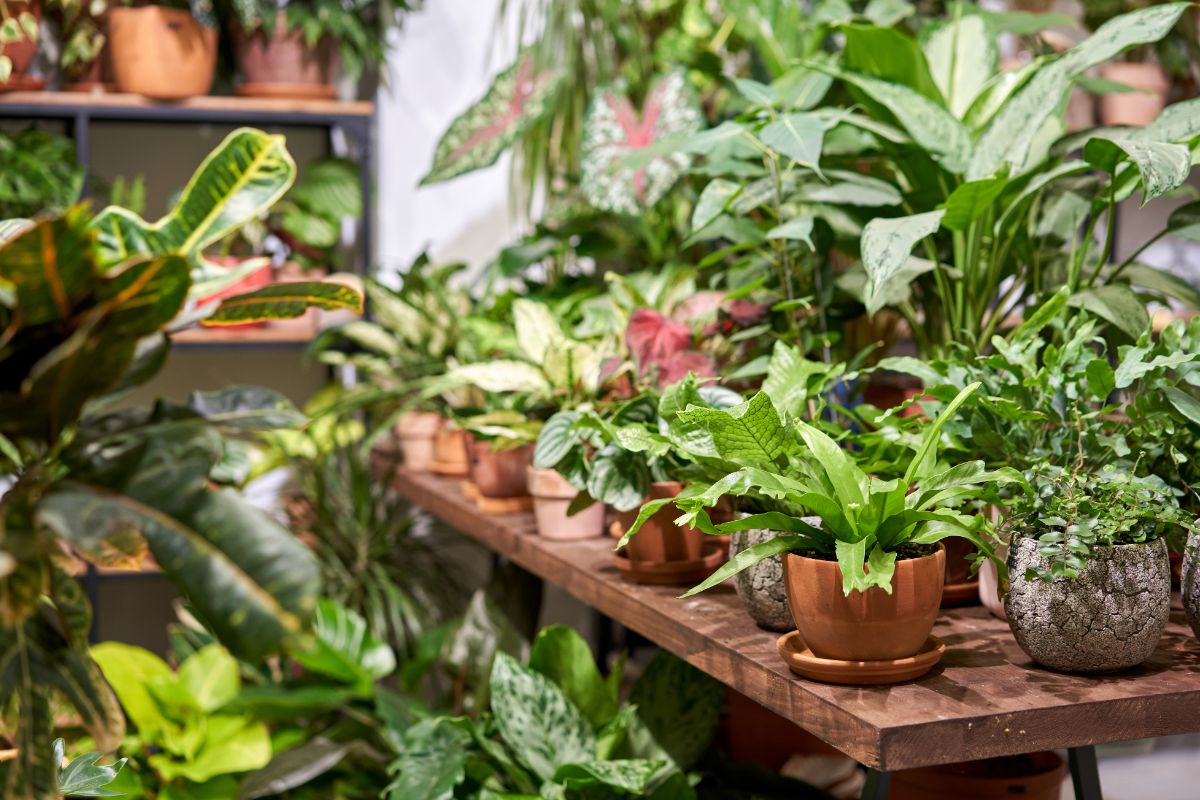
The best way to manage mealybugs is to make sure they never become a problem in the first place. But, to do that, it helps to understand where mealybugs come from.
Most mealybug infestations are either introduced to houseplant collections from new plants or from the outdoors. The following tips can help you avoid mealybugs altogether.
- Inspect new plants carefully.
Whenever you bring a new houseplant into your collection, there’s always a chance that it may have a pest or two. That’s why it’s so important to check new arrivals over before moving them indoors. Make sure you inspect the underside of plant leaves, too, as mealybugs often congregate there.
- Buy plants from reliable suppliers.
Reputable plant nurseries and grow centers raise healthier plants, and healthy plants are better able to resist plant pests. If you purchase plants online, be sure to check reviews from other buyers to make sure you’re buying from a reliable supplier. Also, be wary of anyone giving away “free plants,” as they sometimes have pest issues.
- Check plants before bringing them back indoors.
If you move your houseplants outdoors during the summer, be sure to inspect your plants before bringing them back inside in autumn. To be extra safe, you may want to preventatively spray your plants with an organic insecticidal soap or neem oil spray to make sure no hitchhiking pests find their way indoors.
- Keep an eye out for houseplant pests.
Pest problems are much easier to treat if you catch them early, so it’s important to look your plants over from time to time for any signs of distress. While you don’t need to inspect every leaf for signs of mealies, watching for issues like leaf discoloration, sticky leaves, or leaf drops can help you spot problems before they become worse.
- Clean up your plant leaves.
Dusting off your plants’ leaves with a soft cloth moistened with a bit of water can keep your plants looking their best and boost photosynthesis rates and growth too. But cleaning off your plants’ leaves can also help prevent mealie bugs. Regularly wiping down your plants can halt mealybug infestations before they start.
- Avoid overfertilizing your plants.
Mealybugs are attracted to excess nitrogen, which can result from overfertilization. To avoid this, be sure to follow the manufacturer’s instructions when fertilizing your plants and opt for organic fertilizers whenever possible, as they are often better tolerated by indoor plants.
Frequently asked questions
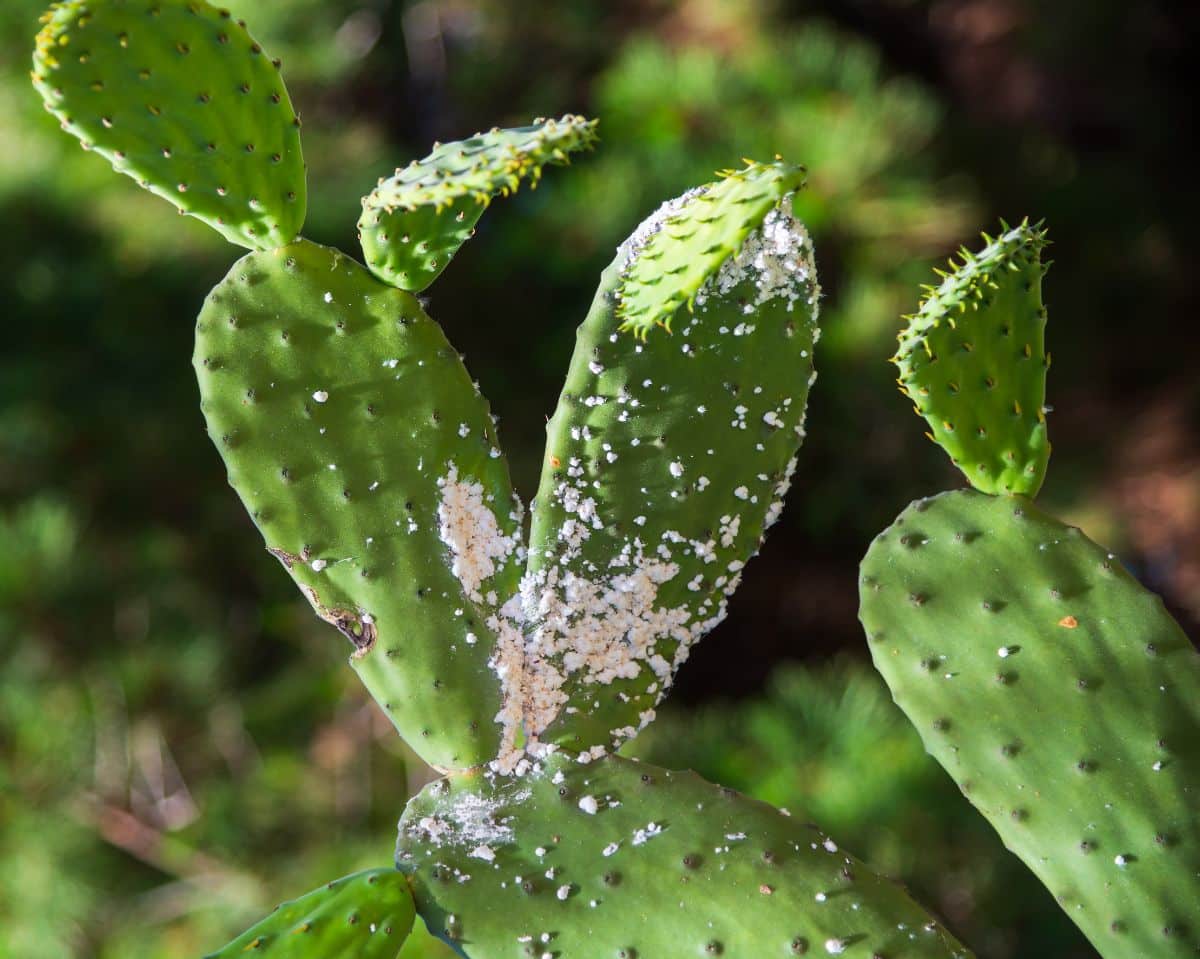
There are many natural ways to treat houseplants for mealybugs without needing to resort to toxic chemical pesticides. Some good options for natural mealybug control include organic insecticidal soap sprays, neem oil sprays, or rubbing alcohol.
Rubbing alcohol is one of the fastest ways to get rid of mealybugs. Whether used as a spot treatment or a spray, rubbing alcohol will kill mealybugs on contact.
Mealybugs usually find their way into houseplant collections when new plants are introduced or when plants are moved outdoors during summer and then back inside in fall. To avoid accidentally bringing mealies into your home, carefully inspect all new plant arrivals and all plants that have spent any time outdoors. If in doubt, you can also preventatively spray your plants with an organic insecticidal soap or neem oil spray.
Unlike hard bodied scale, mealybugs usually remain mobile as adults and can move from houseplant to houseplant. That’s why it’s important to isolate any infected plants at the first sign of infestation.
That’s really up to you. While mealybug infestations are treatable, sometimes they can cause quite a headache, and mealybugs do have the ability to spread from plant to plant. If you find yourself really stressing about mealybugs or you have a plant that has experienced repeated infestations, tossing your plant may be the best option.
Yes, mealybugs can live in potting soil. For this reason, if you have a houseplant that has experienced multiple bouts of mealies, you may want to repot your plant in fresh soil or at least replace the top 1” of your potting mix.
Summary
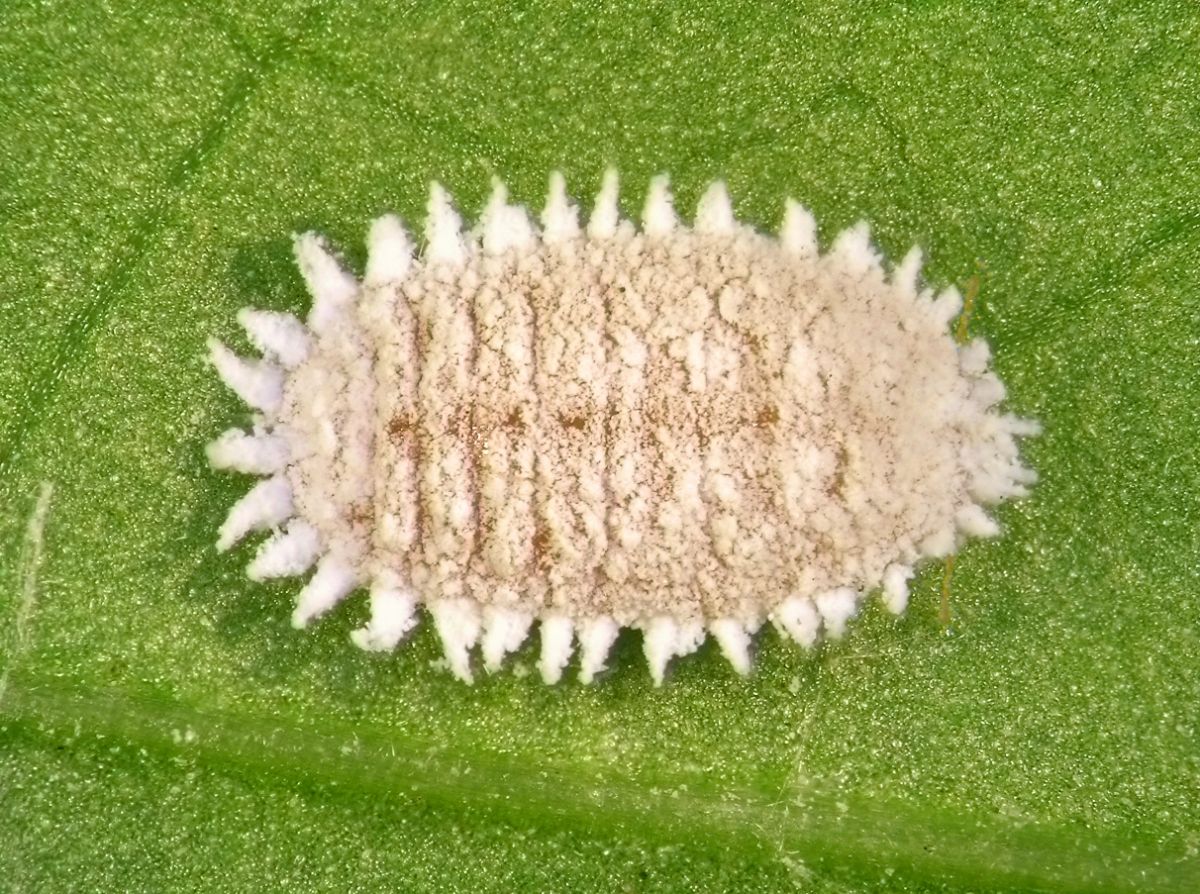
Mealybugs are frustrating houseplant pests, but they can be eradicated. With a bit of know-how and persistence, you can remove these pesky critters and make sure they never come back.
Like other pest insects, usually, the best course of action when treating mealies is to combine several treatment methods and reapply spray treatments several times. This ensures that you will address all mealybugs on your houseplants, regardless of what stage of their life cycle they’re in.
We hope this article was helpful! If you’d like to learn more about natural pest control methods, check out our other guides here.

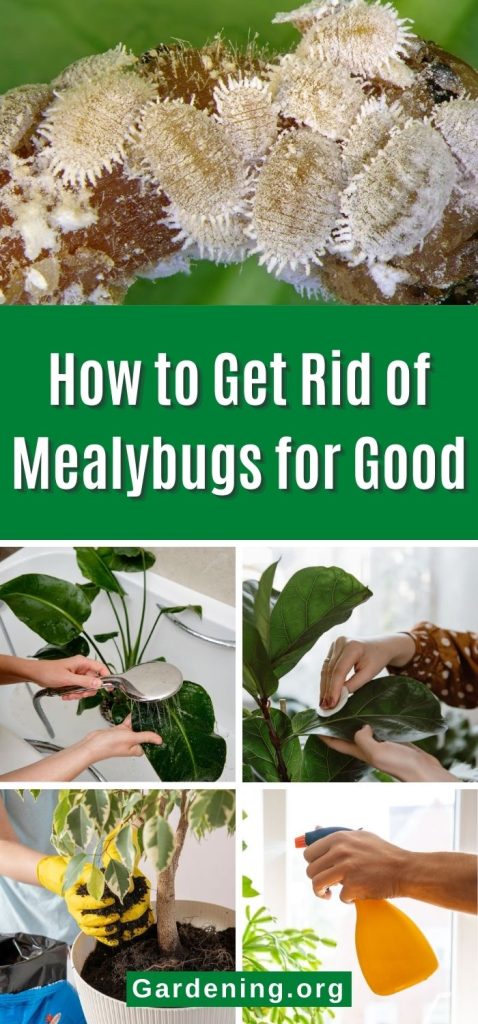
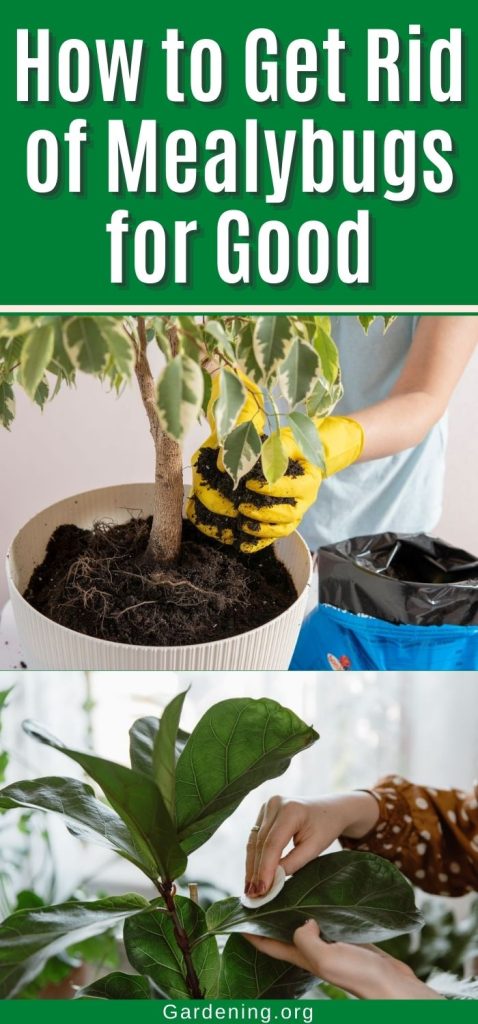
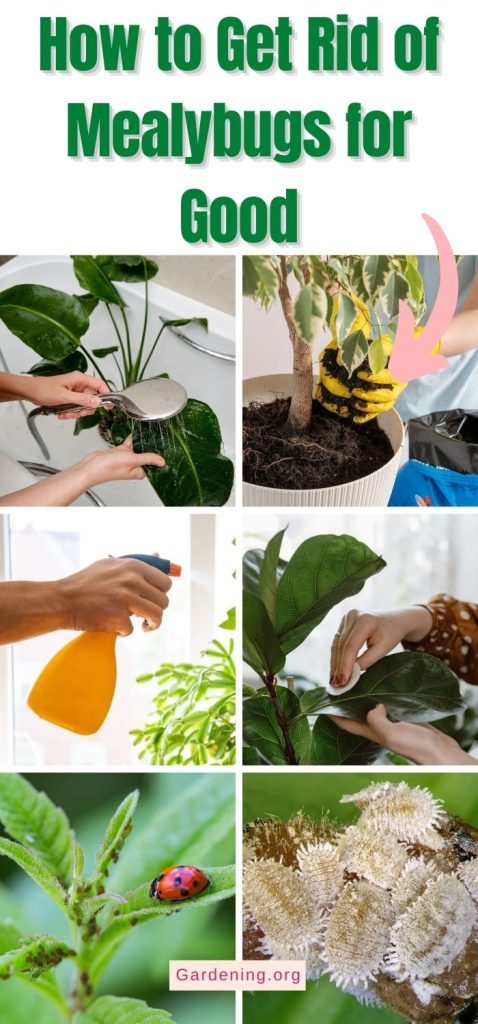
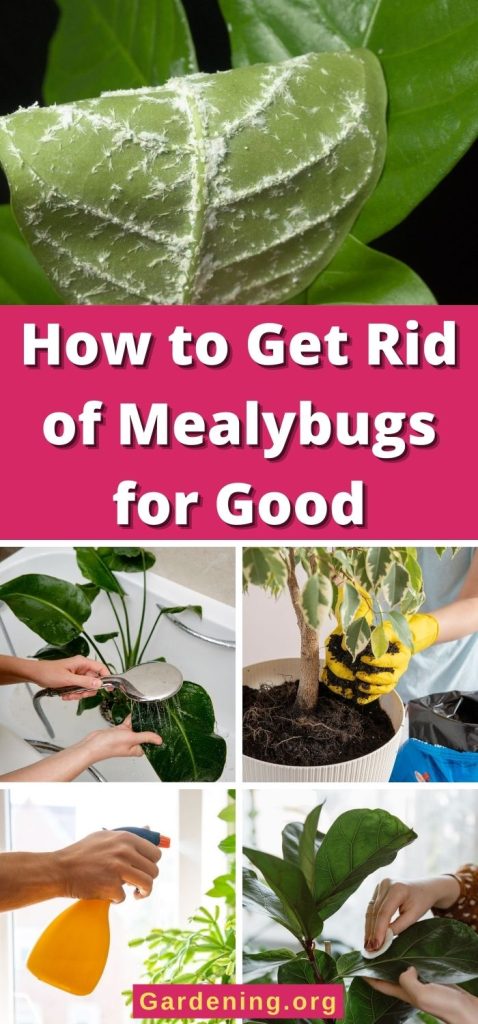
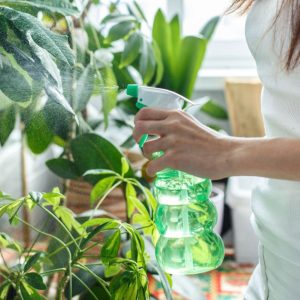
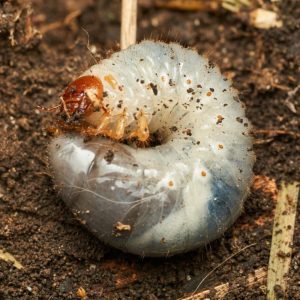
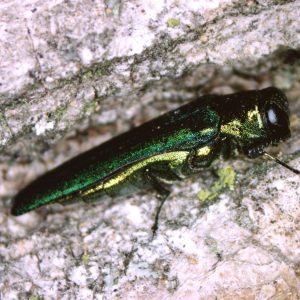
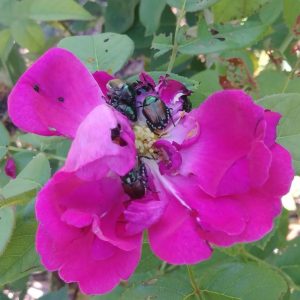
Leave a Reply